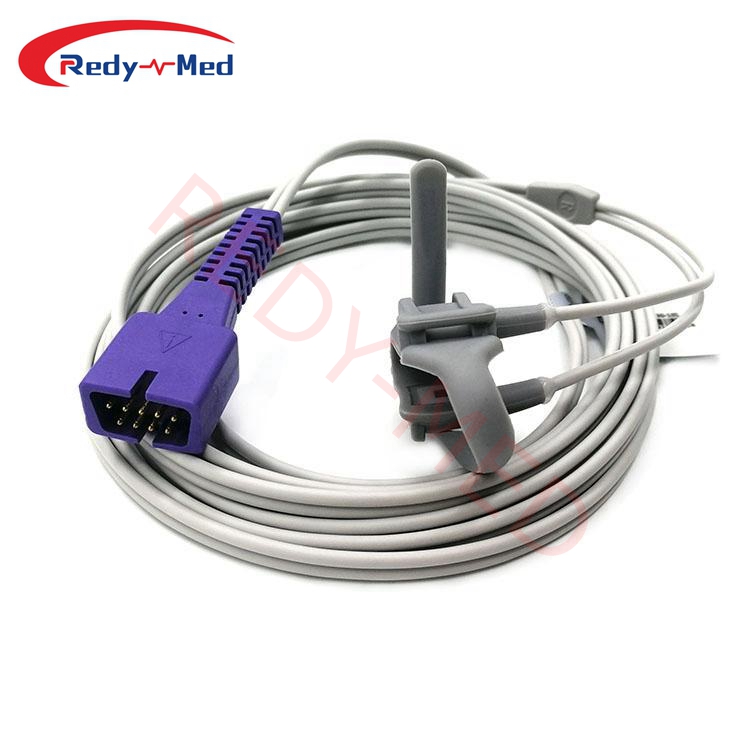
Daily monitoring method of infant blood oxygen saturation
2024-03-21 00:04:27
An Overview of Infant Blood Oxygen Saturation Monitoring

Infant blood oxygen saturation levels play a crucial role in assessing the overall health and well-being of newborns. Monitoring these levels regularly is essential to identify any potential respiratory or cardiac issues early on. This article aims to provide a comprehensive guide on the daily monitoring methods of infant blood oxygen saturation.
1. Non-Invasive Pulse Oximetry
One of the most common methods for monitoring infant blood oxygen saturation is non-invasive pulse oximetry. This technique involves placing a small device, known as a pulse oximeter, on the baby's skin, usually on the foot or hand. The device uses light absorption to measure the amount of oxygen in the blood. Non-invasive pulse oximetry is painless, quick, and does not pose any risks to the infant.
2. Capnography for End-Tidal CO2 Monitoring
In addition to measuring blood oxygen saturation, monitoring end-tidal carbon dioxide (EtCO2) levels is equally important. Capnography is a monitoring method that measures the concentration of CO2 at the end of an exhaled breath. Capnography provides valuable insights into the infant's respiratory status and helps detect abnormalities such as hypoventilation or airway obstruction. This technique is especially beneficial in premature infants or those with underlying respiratory conditions.
3. Polysomnography for Sleep Apnea Evaluation
Sleep apnea, a condition characterized by pauses in breathing during sleep, can significantly affect an infant's blood oxygen saturation levels. Polysomnography is a comprehensive sleep study that involves monitoring various parameters, including blood oxygen saturation, heart rate, and brain activity. It helps in diagnosing sleep apnea and determining the appropriate treatment plan, ensuring optimal respiratory health in infants.
Conclusion
Daily monitoring of infant blood oxygen saturation is crucial for the early detection of respiratory or cardiac issues. Non-invasive pulse oximetry, capnography for EtCO2 monitoring, and polysomnography for sleep apnea evaluation are effective methods that provide valuable insights into an infant's respiratory health. By implementing these monitoring techniques, healthcare professionals can ensure timely interventions and promote the overall well-being of infants.
Get the latest price? We'll respond as soon as possible(within 12 hours)




